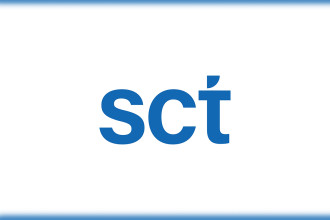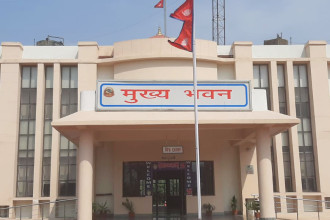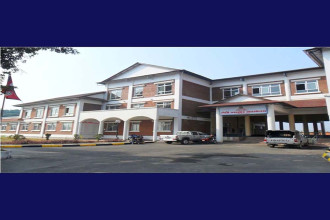
In a discussion event held at Presidential Business School on July 23, Dr. Satis Devkota, Lecturer of Economics, Development, Economic Growth and Heath Economics at University of Minnesota, Morris Campus presented a concept note on “Prospects and Challenges of Inclusive Growth in Nepal”.
Prof. Devkota illustrated the example of Nepal’s economy and utilised the Harrod-Domar Growth Model to put forth the case for investment to achieve a high growth rate for the state. In doing so, he critiqued the assumption presented by the DH-Model and brought in the suppositions posed by Robert Solow’s Growth Model to fill in with the required variables for the purpose of understanding how the target rate of growth i.e. 8% can be achieved for Nepal within a designated period and the growth rate can be sustained. The lecture encompassed the know-how of the Solow Model and the viability of its undertakings in the current market scenario.
“Achieving the target of growth rate of 8% for a year only is not enough. There should be consistency in terms of growth. To analyse the actual growth rate of the countries, researchers should not just take one-year data for their research but should also look at the rate from 5-10 years. Then only the graph can be seen whether the country is actually developing or not,” suggested Prof. Devkota.
He also focused on how the government can play the role of catalyst and how the government should and can be the supplier to the people and the economy and not vice versa. He explained that the government should bring innovative policies to develop what can be easily manufactured or plan alternative ideas to hold off trade deficit. His arguments also underlined the fact that there should be good governance in Nepal. “Development can be achieved if only government implies correct investment in various sectors at the right time,” said Prof. Devkota.
Students from various colleges and universities were encouraged to present their views and actively participate in the discussion.





